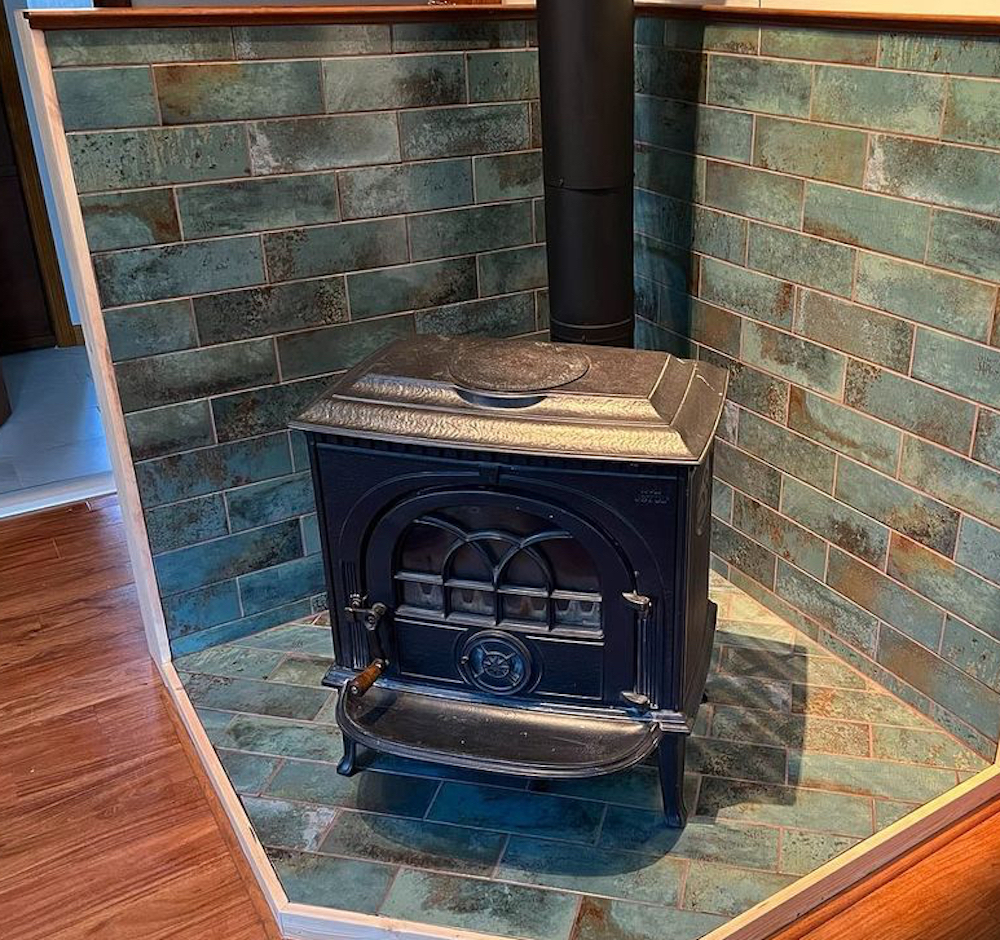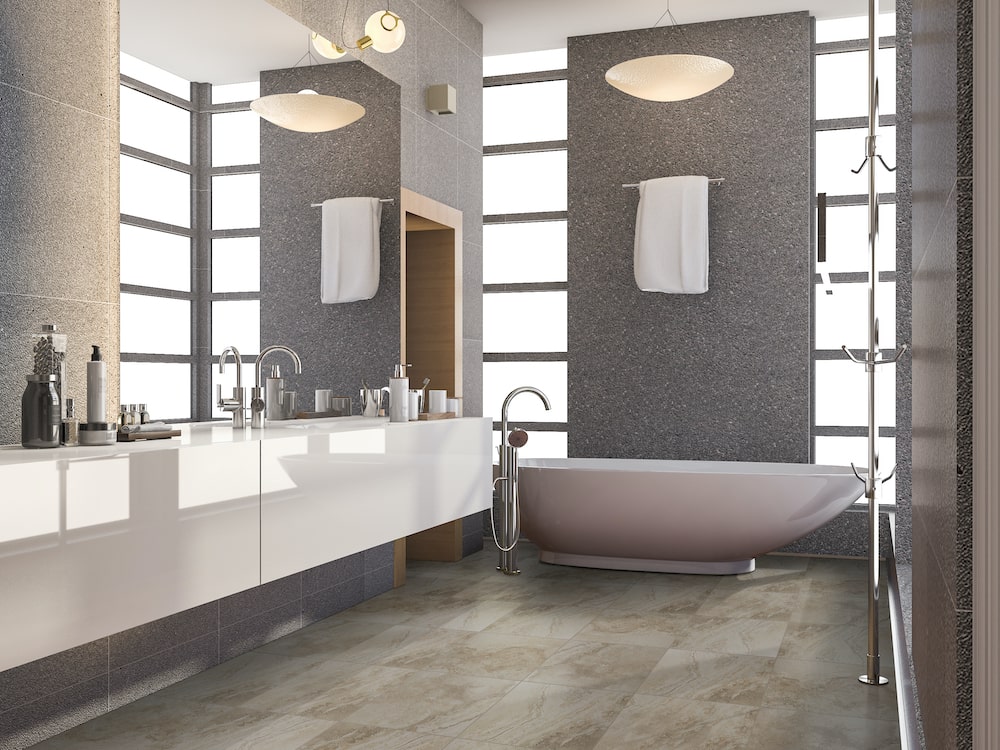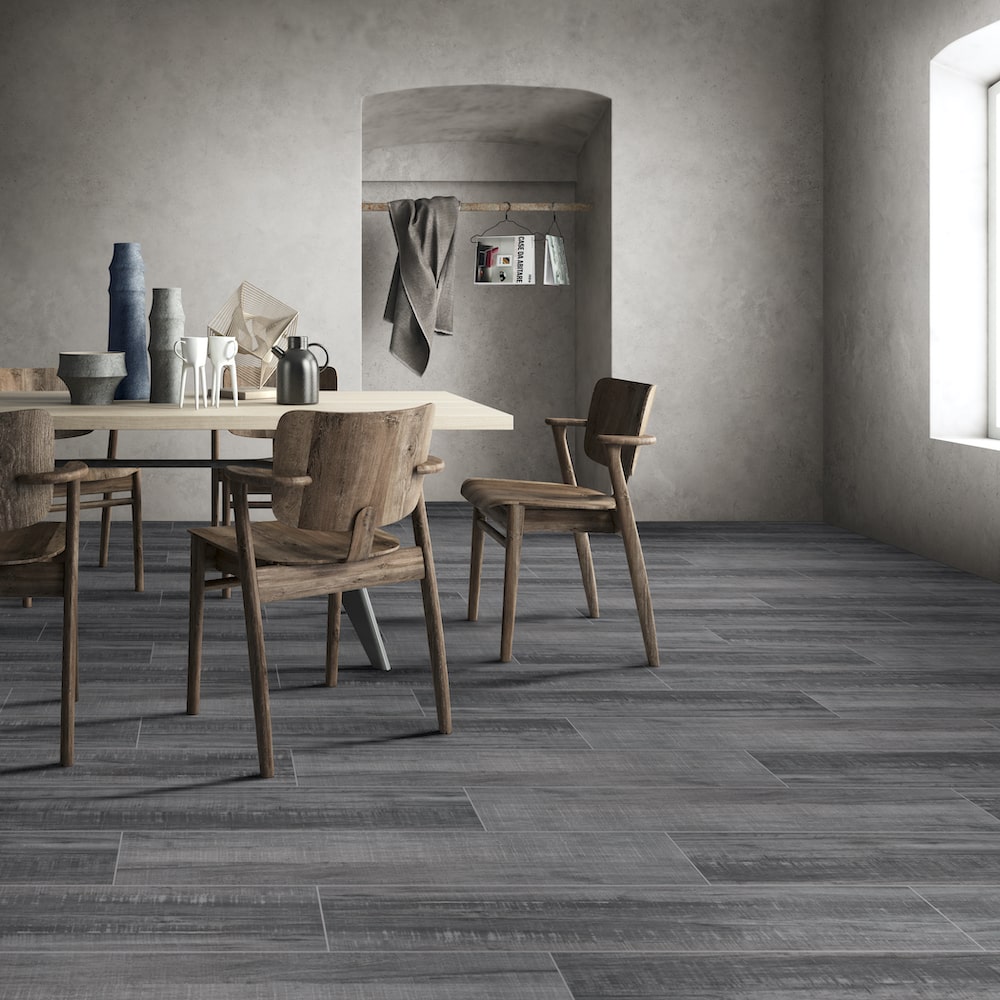Tips From The Trade: Which Direction Should You Install Your Ceramic Floor Tile?
August 10, 2017
You've spent hours looking at tile. You've studied the color, shape, and material. And now, just when you thought you had finally considered all the options and landed on the perfect tile selection, you're left with one final question: What pattern will you use to install your tile?
The fact is, several options can really enhance the look of your tile and make a huge impact on your overall design. Here, we discuss these different installation patterns and explain how you can make the most out of your tile selection. We also provide some tips to help you avoid common mistakes along the way.
Tile installation patterns are a great way to accentuate your tile choice and add a custom look to your home. Even the most unassuming white tile can get a boost from an interesting pattern. There are many designs to choose from, but these are the most popular:
Straight Lay: With a straight lay pattern, tile is laid one after another in a straight grid pattern, with corners matching up, and grout applied in intersecting lines. This basic design gives a clean look and may work well to tone down heavily patterned tiles or compliment high-shine ultra-modern tiles that call for a sleek display.
Tile flooring can be especially successful when installed in a straight-lay design because the long, straight lines help to draw the eye outward to a beautiful view or other focal points. Straight lay is the easiest pattern to install, but it still requires some planning to make sure your room is square and your floor is level.
Basketweave: The basketweave pattern gets its name because it looks similar to the pattern on a straw basket and appears to weave the tiles over and under each other. This look is a throwback to the ornate Art Deco era of the early 1900s, and its intricate pattern works best in smaller areas such as powder rooms or shower stalls.
Although this design looks difficult to install, it is often offered as a mosaic tile that can be laid out in sheets. Natural stone tile in shades of gray, white, and black often works best for this busy pattern and allows it to shine.
Running Bond: A running bond or brick lay pattern creates staggered grout lines by lining each tile up at the center of the tile above and below it. This pattern is a very popular look for tile backsplashes and shower surrounds and can make a relatively simple and inexpensive ceramic tile look like a million bucks.
Running bond is also great for camouflaging imperfections, such as crooked walls, because the offset grout lines focus the eye on the overall pattern rather than on individual tiles or small flaws within the space. For maximum efficiency, lay out your pattern before you start, and be sure to use tile spacers to ensure consistent spacing between each tile.
Checkerboard: The checkerboard pattern uses two different colored tiles in an alternating straight or diagonal pattern to create a bold, dramatic statement. Often seen with classic black and white marble tiles, this pattern can also be used with colored tiles for a unique and daring design.
It's best to dry lay out a checkerboard pattern, starting in the center of the room and working your way out to the perimeter. Once you are happy with the layout, you can start to actually install the tiles.
 Marza Aqua Subway Tile styled by @dsminteriorsllc on Instagram
Marza Aqua Subway Tile styled by @dsminteriorsllc on Instagram
Diagonal: Laying subway tile flooring in a diagonal pattern adds visual interest and a modern touch. It creates the illusion of a larger space, particularly beneficial for smaller areas. The diagonal arrangement brings unique character and personalization, adapting to different interior styles.
However, it may require more cutting and planning, resulting in slightly more waste compared to traditional layouts. Overall, the distinctive appeal and enhanced aesthetic make it a worthwhile choice for elevating subway tile flooring.
For even more help choosing the right pattern, check out MSI's Tile Pattern Tool which lets you try on different pattern layouts until you find the look that you love.
And for more ideas and tips on all the amazing ways to lay tile, click on this article from Better Homes and Gardens on floor tile pattern inspirations. And for more assistance with tile floor patterns, please reach out to our helpful experts. We're available via our live online chat feature, or you can visit your nearest MSI showroom, or contact an authorized MSI dealer.
 Beige Napa Ceramic Tile
Beige Napa Ceramic Tile Mercury Wood Look Tile
Mercury Wood Look Tile